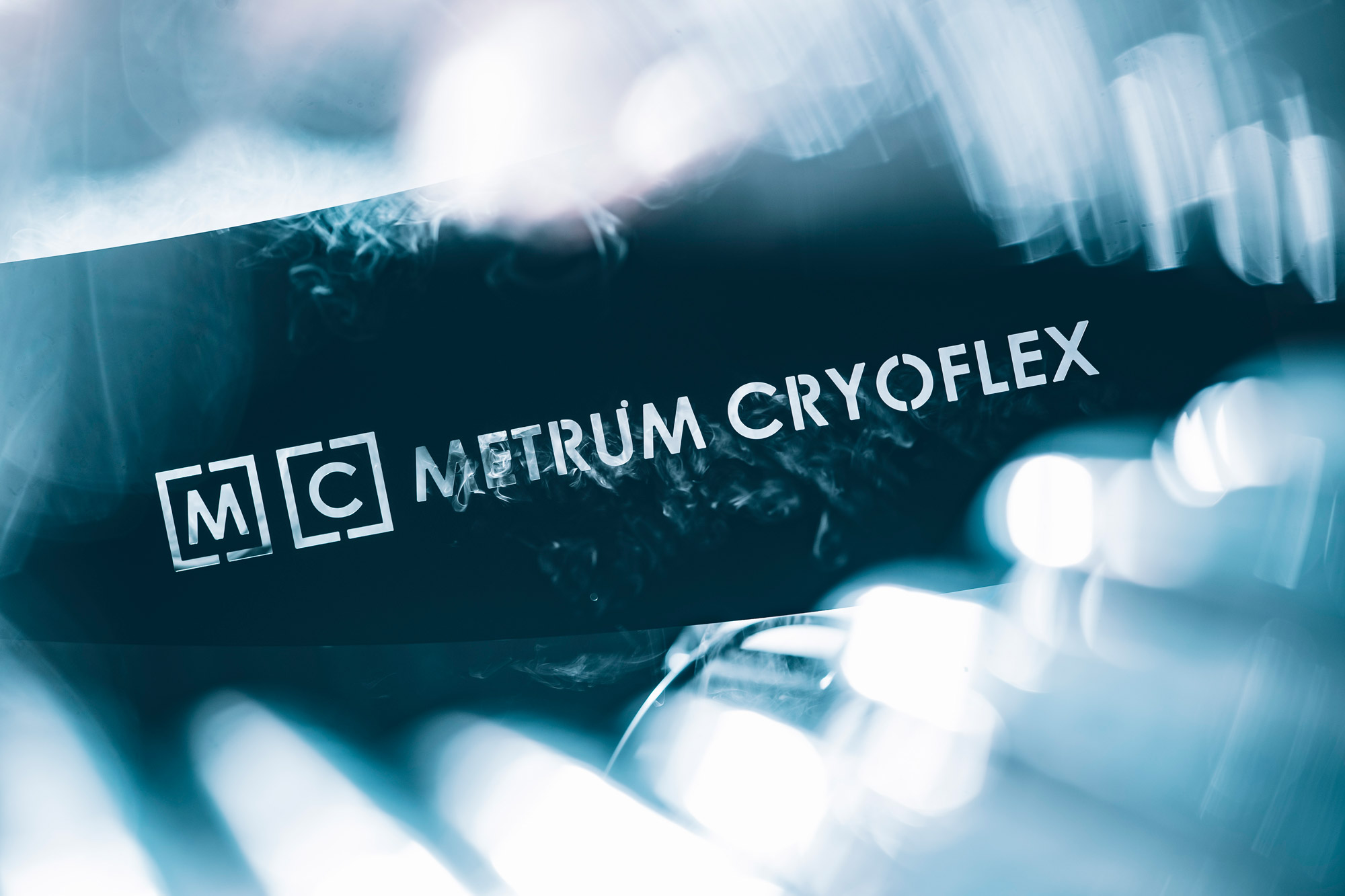Cryolesia is a procedure that is particularly useful in the treatment of people who suffer from chronic pain. This applies to patients who, due to their symptoms, are forced to radically limit their basic physical activity and daily functioning. You can read more about the cryolesis procedure below.
What is osteoarthritis and what causes it?
Degenerative disease (arthrosis) can develop in any joint where hyaline cartilage is present. Symptoms usually appear after the age of 40-50. The biggest changes concern the hip and knee joints due to the greatest mechanical overload. The cause of arthrosis is the slow damage to the articular cartilage, which is designed to cushion the movements of the joint and allow the articular surfaces to slide optimally. Over time, the bone layer under the articular cartilage, the joint capsule, ligaments, tendons and muscles surrounding the joint also degenerate. The symptoms that are most troublesome for patients are pain and limited mobility of the joint.
Osteoarthritis is mainly predisposed to the development of 2 factors: excessive load on the joint (e.g. as a result of specific physical work or a level of sports that is not adapted to the abilities) or body mechanics disorders resulting from insufficient physical activity. In this case, the biggest threat seems to be a sedentary lifestyle, which affects the majority of the population.
The most common symptoms of osteoarthritis are:
- Pain often felt at the beginning of movement and/or when performing joint movement. The pain often subsides at rest; The pain may worsen at the end of the day due to the "fatigue" of the subchondral layer of the cartilage. The pain may be felt in a specific place or it may be more diffuse and rapid – "my whole knee hurts"
- Stiffness – there is often so-called morning stiffness (after waking up), which disappears after move. Joint stiffness may recur during the day after a period of immobility, e.g. sitting for a long time.
- Limitation of full mobility of the joint. There are problems with straightening or flexing the joint – the joint works normally only in the "middle" range of motion.
- Crackling and jumping – may indicate both a disorder in the sliding of the articular surfaces on each other and serious damage to the articular cartilage.
- Distortion of the contour and shape of the joint
- Swelling of the joint may indicate its overload and chronic inflammation of the joint itself and the tissues around it.
How to recognize and treat osteoarthritis?
The diagnosis of osteoarthritis is made on the basis of medical history, clinical examination and imaging tests showing the degree of damage to the articular cartilage. X-rays, magnetic resonance imaging and ultrasound examinations are used here. Based on the current symptoms and imaging tests, the doctor suggests the appropriate procedure.
In the process of treating a patient with degenerative disease, various methodes are selected (separately or in combination) depending on the stage of the disease. These can include:
Early stage:
- physiotherapy and proper physical exercises developing both mobility of joints and the efficiency of appropriate muscle groups
- health education
- anti-inflammatory drugs
- sonosurgery: regenerative injections
- body weight optimization
Intermediate stage:
- physiotherapy
- improvement of ergonomics of work and physical exercise
- sonosurgery: pain relieving and anti-inflammatory injections
Advanced stage:
- sonosurgery: cryolysis
- physiotherapy (after pain relief)
Cryolysis in the treatment of osteoarthritis
Cryolysis (cryoneurolysis, cryoanalgesia) is a method of treating pain that involves blocking nerve symptoms by locally freezing the nerve. This concerns the sensation of pain resulting from the joint. The effect of anesthesia lasts for several months after the procedure. Cryolysis is counteracting - it does not destroy the nerve network and is devoid of systemic side effects - it allows for multiple applications of cryolysis to the same person without causing effects.

Cryolysis is a sonosurgical procedure - it is performed by a pain management specialist under careful, continuous control of an ultrasound head (USG). The use of USG means that the procedure is targeted at a specific nerve that supplies a selected area or joint.
The cryolysis procedure is an excellent alternative for people who chronically use painkillers. It also creates new opportunities for patients waiting for spine surgery - it not only eliminates pain, allowing for a spontaneous increase in activity, but also allows for the implementation of intensive rehabilitation. Thanks to the elimination of pain and targeted physiotherapy treatments, some our Patients manage to avoid surgery.
The procedure involves inserting a thin probe into the area of the appropriate nerve. The freezing reaction is caused by the rapid expansion of carbon dioxide inside the probe - the gas is inside the probe, so there is no risk of an undesirable reaction resulting from the gas having a direct effect on the patient's body. The probe tip lowers its temperature to about -70 degrees Celsius.
Cryotherapy is used in the treatment and elimination of pain in the following cases:
- degenerative hip disease (includes indications for endoprosthesis)
- degenerative knee disease (includes indications for endoprosthesis)
- degenerative shoulder disease (includes indications for endoprosthesis)
- degenerative disease of the ankle joint (includes indications for endoprosthesis)
- enthesopathies: tennis elbow, heel spur, Achilles tendon insertion.
Author: Jacek Grabowski
The article was published by courtesy of:

